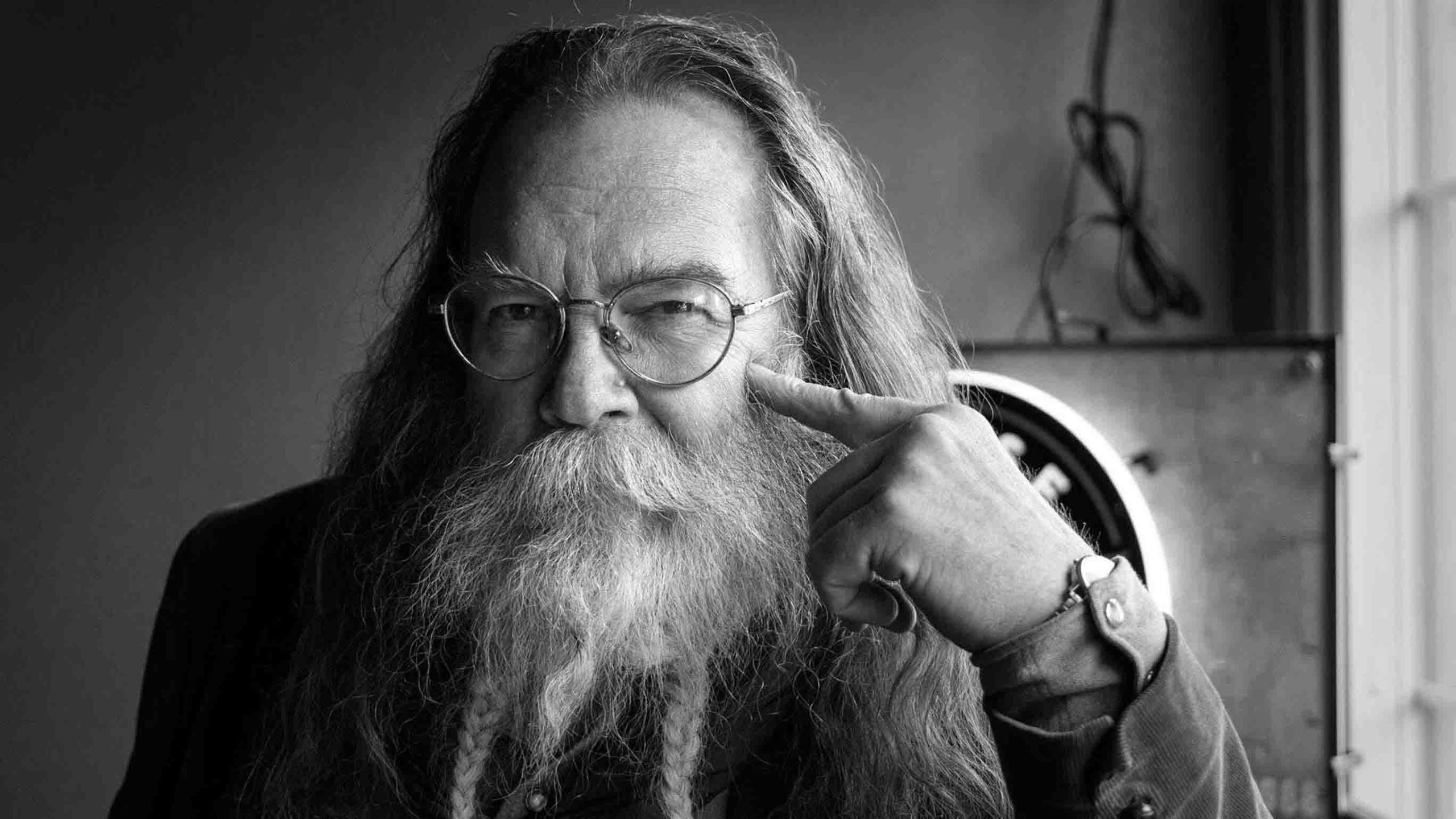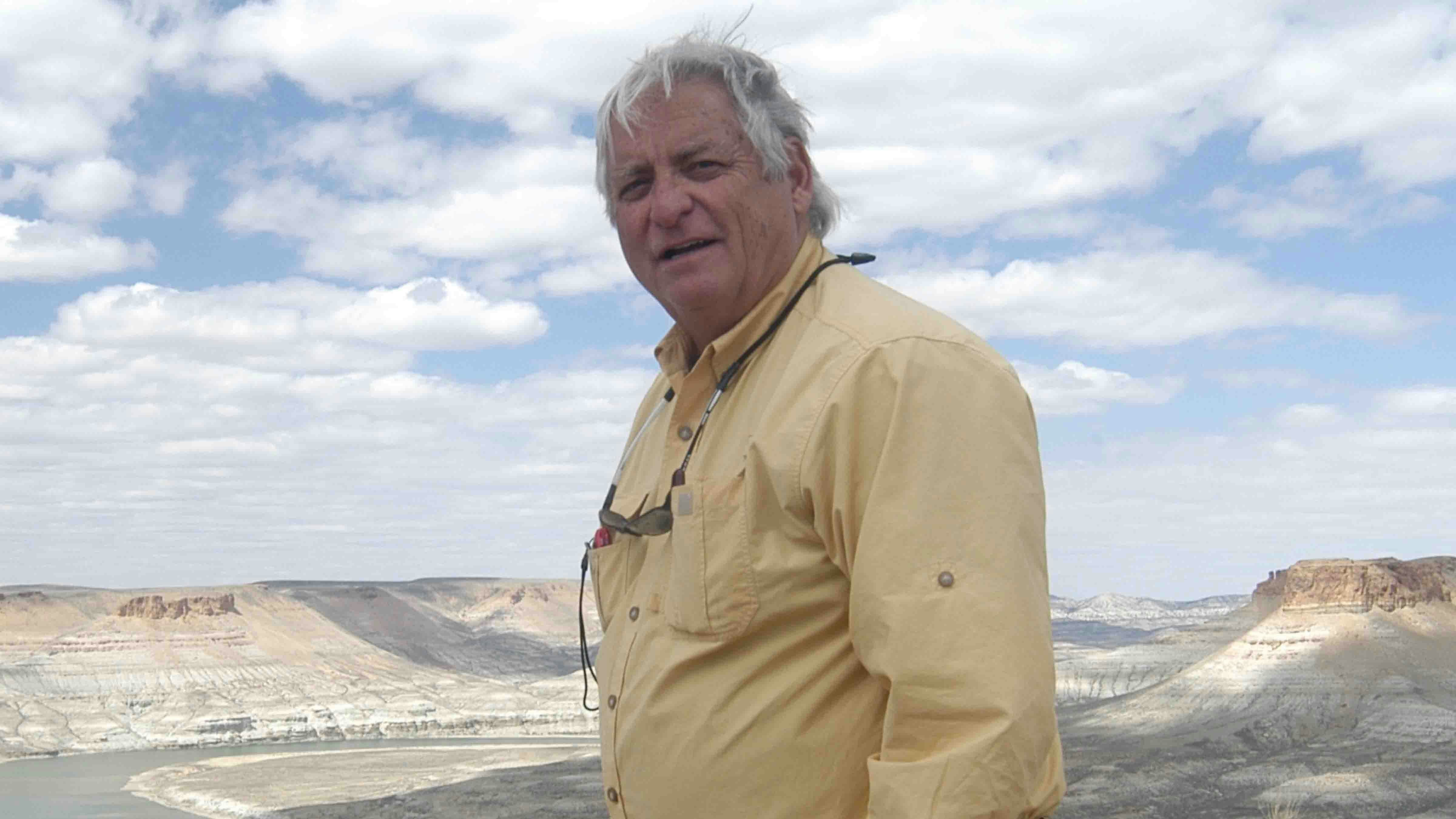When fur trappers of the 1830s stood hip-deep in the numbing waters of Wyoming’s far west side, they began our first industry. International demand for beaver fur for fashionable headwear created wealth where none existed before.
That was also the dawn of Wyoming’s symbiotic relationship with corporate America in the form of the powerful fur companies.
This heyday lasted until silkworms from China produced a product that proved more desirable for making hats for European nobility, and the beaver fur industry declined.
Some of those early entrepreneurs in the Big Empty, struggling with the demise of beaver trapping, poked around South Pass and discovered gold in 1842. A decade or so later, a frenzied gold rush resulted in South Pass City becoming the densest concentration of white folks in the territory.
Again, wealth was created out of thin air, sweat and capital until the lode petered out. But, before it did, money was made and the economic life of what would become Wyoming strode forward.
For those keeping count, that was economic boom number two.
When the gold boom died, the railroad was built through Wyoming, connecting us with markets on both coasts. Some smart folks saw an opportunity to convert the hardy grasses of our plains into meat and wool, and ship it to cold, hungry folks up and down the line.
Bingo! The range livestock industry was born. Magnificent old Queen Anne mansions were built by cattle and sheep barons with the profits, and they still line the streets of our towns.
The livestock industry dominated Wyoming’s economic profile for nearly a century, providing the imagery on our license plates and the name for our football team. No other industry has branded us as deeply.
In the mid-1950s, recreation and tourism supplanted livestock as the major contributor to Wyoming’s GDP. Hunters, fisherpeople, and casual tourists flocked to Yellowstone, borne by a burgeoning system of paved highways and runways, and spread out from there to the entire state.
We chuckle at these folks’ antics during the summer, but still pockets wads of cash that they tote across our border.
Oil and gas has, for a long time, been an important sub-component of our Gross Domestic Product, but never enough to knock cows or tourons off the top rung.
But, in 1970, the federal Clean Air Act was passed and almost immediately vaulted hydrocarbons to the top of our economic heap. This in the form of Wyoming’s low-sulfur coal which, because of new environmental regulations, became the preferred fuel for producing electricity nationwide.
Couple the Powder River Basin coal boom with the discovery of elephant gas fields near the greater Marbleton metroplex, and we have economic boom number five, still funneling money into our coffers by the wagonload.
But that industry is nearing the end of its shelf life.
Hence, if you characterize Wyoming’s economic life as a series of booms and busts, you are right on the money. This is the chart of our progress, albeit spasmodic, into the future where we find ourselves now.
At each turn on that bumpy road, the champions of the old industry fought tooth and claw against the new industry that they viewed as a threat. Our growth has been anything but smooth because of that fact.
But, in every case, that new industry created wealth in the Cowboy State that wasn’t there before. I think the term “progress” would apply. And I read somewhere that economic progress is what capitalism is all about.
So, instead of griping and whining about progress, and pushing back against it to protect the old way, I’ll just tip my Stetson to it. A Stetson, by the way, made of beaver fur.
Rod Miller can be reached at: rodsmillerwyo@yahoo.com





